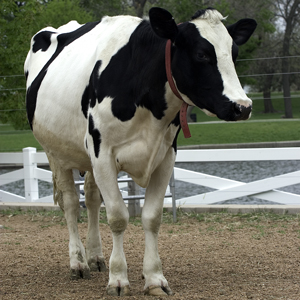How to Breed Cows at Farms

An excellent breeding program is essential to any milk village for the simple reason that production of milk is reliant on how much livestock is producing milk at once. Also remember that although people purchase milk products year-round, it’s synthetic for livestock to calve in any period but one. Adopt these measures to be sure you’re earning money throughout the season.
Instructions
-
1
Firstly, you will need to learn the cows' reproduction pattern and decide whether to use testosterone to time breeding and increase milk products development. This judgment decides whether you're a conventional or a natural milk cultivator and it has powerful results on the breeding function. Organic milk village owners can charge twice as much for milk products, but conventional village owners generate a lot more.
-
2
Be extra careful with the cow feed during maternity and of course lactation. For livestock handled with testosterone, this is a very complex issue because they arrive at a point where milk products development is so high that they simply can't eat enough in a day to sustain their weight. Therefore, it is essential to make sure that they are healthy during maternity and in the first stage of lactation.
-
3
Consider using synthetic insemination if you're a starter, as milking cows are the most difficult to cope with. Reproduce livestock for conformation (femininity, such as hips size), durability and milk products classifieds. The less often you must substitute livestock, the better.
-
4
Separate the hurdle due to calve and watch them carefully. Provide protection from the elements--calving booths in the barn in cold environments and tinted field areas in hot environments. Research have led to the conclusion that heat stress during parturition results in milk products development later, not only for the cow but also for the calf.
-
5
Consider giving one quart of colostrum (ideally) bottle feed to the calves, 30 minutes after they are born. If for any reason you cannot feed the calves in the first couple of hour, you must do so within 24 hours to avoid losing them.
-
6
It is a recommended practice to adjust the diet of your healthier calves so that they're large enough to reproduce at 14 to 16 months of age, and develop your herd with high quality and healthy calves born at your own village to keep alternative costs low.







